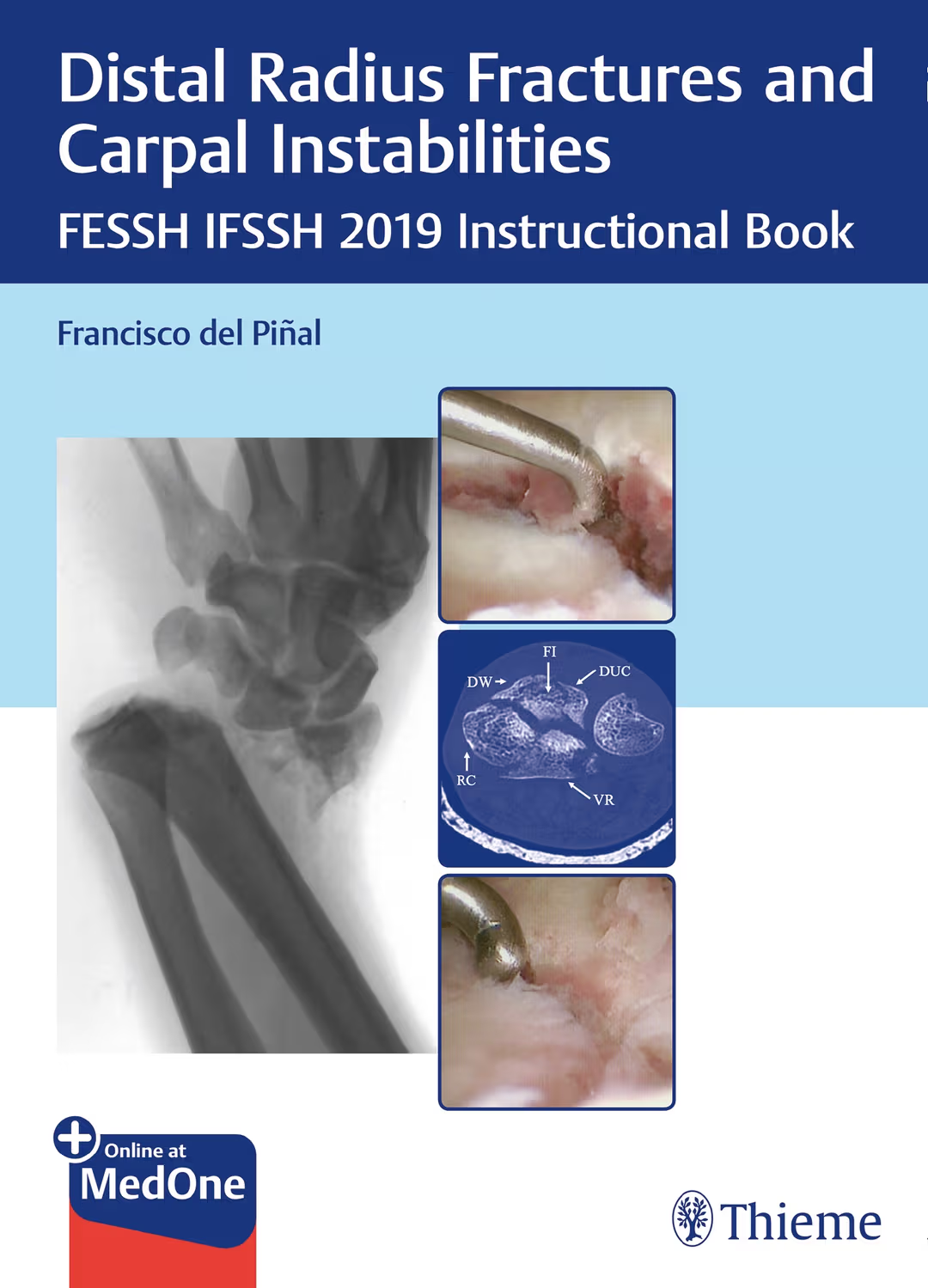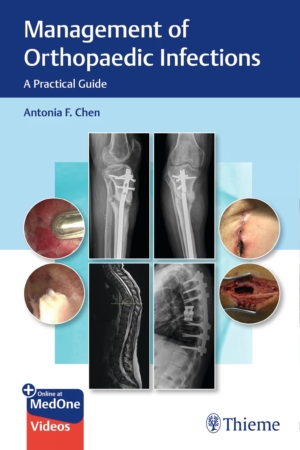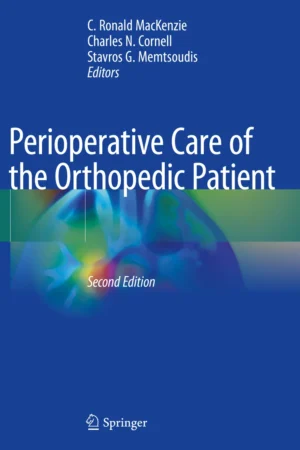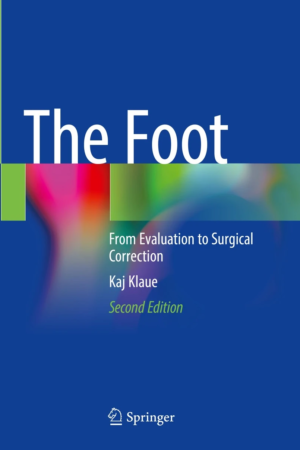Distal Radius Fractures and Carpal Instabilities PDF
FREE
Overview
Distal Radius Fractures and Carpal Instabilities PDF is a specialized reference that provides comprehensive coverage of one of the most common injuries in orthopedic and hand surgery. Authored by leading experts in trauma and reconstructive surgery, this book integrates clinical anatomy, diagnostic strategies, and surgical techniques. Moreover, it combines detailed case discussions, high-quality imaging, and operative guidance, making it an essential tool for managing both acute and chronic wrist injuries.
Why This Book Matters
Distal radius fractures are among the most frequent fractures encountered in orthopedic practice, often accompanied by carpal ligament injuries and wrist instabilities. Management decisions regarding operative versus non-operative treatment, fixation methods, and approaches to carpal reconstruction remain debated. Therefore, this book provides a structured framework for evaluating fracture patterns, identifying associated instabilities, and selecting the most effective treatment strategies. Furthermore, it emphasizes functional recovery, complication prevention, and multidisciplinary rehabilitation to optimize patient outcomes.
For further resources, visit the American Society for Surgery of the Hand (ASSH) or explore wrist trauma guidelines from the American Academy of Orthopaedic Surgeons (AAOS).
Key Features
Evidence-Based Analysis
Critical reviews of current guidelines and literature clarify controversies in distal radius and carpal instability management.
Case-Based Learning
Detailed clinical cases highlight diagnostic pitfalls, surgical dilemmas, and long-term functional results.
Imaging and Surgical Illustrations
High-resolution radiographs, CT, MRI, and intraoperative images enhance understanding of fracture morphology and ligament injuries.
Complication Management
Practical strategies for addressing malunion, post-traumatic arthritis, loss of fixation, and persistent instability.
Multidisciplinary Perspectives
Contributions from orthopedic trauma surgeons, hand specialists, radiologists, and physiotherapists ensure comprehensive care approaches.
Who Can Benefit
This book is particularly valuable for:
-
Orthopedic surgeons specializing in hand, wrist, and trauma surgery
-
Residents and fellows in orthopedic and hand surgery training programs
-
Radiologists interpreting wrist trauma imaging
-
Physiotherapists and rehabilitation specialists managing postoperative care
-
Medical libraries supporting musculoskeletal and trauma education
In addition, it can serve as a reference for trauma centers, hand clinics, and surgical teams developing standardized wrist fracture protocols.
Content Overview
The book includes:
-
Anatomy and biomechanics of the distal radius and carpal complex
-
Classification systems for distal radius fractures and carpal instabilities
-
Frameworks for operative versus non-operative decision-making
-
Surgical techniques for fracture fixation, ligament repair, and reconstruction
-
Case-based discussions on complex fracture-dislocation patterns
-
Complication prevention and management, including malunion and arthritis
-
Rehabilitation strategies for restoring mobility and function
-
Future perspectives in biologics, implants, and wrist surgery innovations
Moreover, by bridging academic debates with clinical applications, the book equips surgeons to deliver patient-centered and outcome-driven wrist care.
Conclusion
Distal Radius Fractures and Carpal Instabilities PDF is a definitive reference for surgeons and healthcare professionals managing wrist trauma. By integrating evidence-based insights, expert commentary, and case-driven learning, it empowers practitioners to navigate diagnostic and surgical challenges with confidence. Therefore, it is a must-have resource for orthopedic and hand surgeons, trainees, and rehabilitation teams worldwide.











